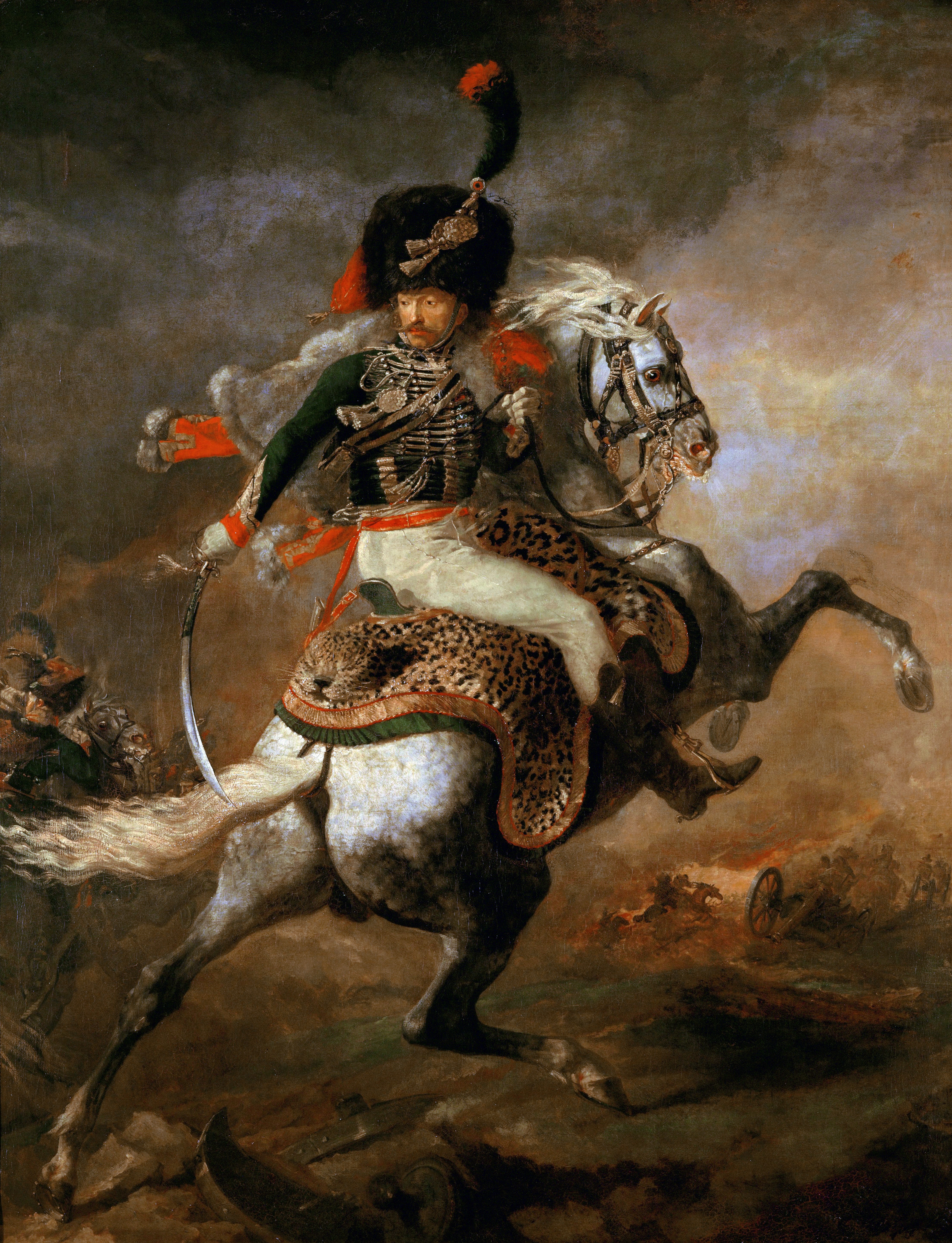|
1812 In France
Events from the year 1812 in France Incumbents * Emperor – Napoleon I Events * The Peninsular War (1807–1814) * 12 February – Metric system rescinded for everyday use * 24 June - 14 December – The French invasion of Russia Arts and culture * ''The Charging Chasseur'', painting by Théodore Géricault * ''Fantasmagoriana'', book by Jean-Baptiste Benoît Eyriès Births * 4 January – Alexandre Monnet, bishop (died 1849) * 15 April – Théodore Rousseau, painter (died 1867) * 13 June – Adolphe Braun, photographer (died 1877) * 9 November – Paul Abadie, architect (died 1884) Deaths * 13 February – Jacques Marie Boutet, actor and comic dramatist (born 1745) * 24 February – Étienne-Louis Malus, military officer, engineer, physicist, and mathematician (born 1775) * 24 July – Louis Thomas Villaret de Joyeuse, admiral (born 1747) * 30 August – Gabriel-Marie Legouvé, poet (born 1764) * 22 October – Alexis Jo ... [...More Info...] [...Related Items...] OR: [Wikipedia] [Google] [Baidu] |
An Officer Of The Imperial Horse Guards Charging
''The Charging Chasseur'', or ''An Officer of the Imperial Horse Guards Charging'' is an oil painting on canvas of about 1812 by the French painter Théodore Géricault, portraying a mounted Napoleonic cavalry officer who is ready to attack. The painting was Géricault's first exhibited work and it is an example of Géricault's attempt to condense both movement and structure in its art. It represents French romanticism and has a motif similar to Jacques-Louis David's ''Napoleon Crossing the Alps'', but non- classical characteristics of the picture include its dramatic diagonal arrangement and vigorous paint handling. In ''The Charging Chasseur'', the horse appears to be rearing away from an unseen attacker. The turning figure on a rearing horse is derived from the large early Rubens ''Saint George'' (Museo del Prado, 1605–07), though there the view is from the side. Géricault would continue to move away from classicism, as exemplified in his later masterpiece ''The Raft ... [...More Info...] [...Related Items...] OR: [Wikipedia] [Google] [Baidu] |
Adolphe Braun
Jean Adolphe Braun (13 June 1812 – 31 December 1877)John Hannavy, Encyclopedia of Nineteenth-Century Photography', Vol. 1 (Routledge, 2007), pp. 204–205. was a French photographer, best known for his floral still lifes, Parisian street scenes, and grand Alpine landscapes. One of the most influential French photographers of the 19th century, he used contemporary innovations in photographic reproduction to market his photographs worldwide. In his later years, he used photographic techniques to reproduce famous works of art, which helped advance the field of art history.Naomi Rosenblum, John Hannavy (ed.), Encyclopedia of Nineteenth-Century Photography', Vol. 1 (Routledge, 2007), pp. 203–204. Life Braun was born in Besançon in 1812, the eldest child of Samuel Braun (1785–1877), a police officer, and Marie Antoinette Regard (born 1795). When he was about 10, his family relocated to Mulhouse, a textile manufacturing center in the Alsace region along the Franco-German b ... [...More Info...] [...Related Items...] OR: [Wikipedia] [Google] [Baidu] |
Jean Baptiste Eblé
Jean Baptiste Eblé (21 December 1758 – 31 December 1812) was a French General, Engineer and Artilleryman during the Napoleonic Wars. He is credited with saving Napoleon's Grand Army from complete destruction in 1812. Biography Eblé was born in Saint-Jean-Rohrbach, Moselle. He, like his father, started out in the artillery when he joined the army in 1793. He was commissioned as an officer two years later. Rising rapidly through the ranks, he served in northern Germany, and commanded an artillery brigade at Austerlitz in 1805 before becoming governor of Magdeburg in 1806 and Minister of War for Westphalia in 1808. The following year, he was assigned to Spain serving in the army of Marshal Masséna where he commanded the French artillery at Ciudad Rodrigo and Almeida. In 1811, Eblé was put in command of the Dutch Pontoon bridge builders (''pontonniers'') for the Grande Armée which Napoleon was assembling for his invasion of Russia. Eblé discovered he had inherited a ra ... [...More Info...] [...Related Items...] OR: [Wikipedia] [Google] [Baidu] |

